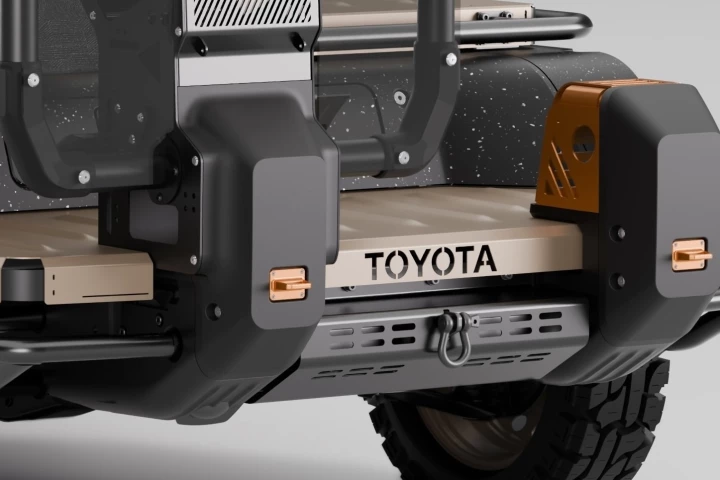The U.S. Navy has announced that construction has begun on the first of a new class of ship known as the Mobile Landing Platform (MLP). The MLP is designed to serve as a transfer point between large ships and small landing craft and act as a floating base for amphibious operations to allow for equipment and cargo to be delivered from ship to shore when there are no friendly bases available.
The first-of-class MLP 1 is based on an existing design, the Alaska-class crude oil carrier, but the design has been modified as a float-on/float-off vessel with the ability to transfer vehicles and equipment at-sea and interface with surface connectors to deliver vehicles and equipment ashore. It will measure 837 ft (255 m) long, have a beam of 164 ft (50 m), a speed of over 15 knots, a range of 9,500 nautical miles, and accommodations for 34.

The platform has an open, reconfigurable mission deck that in its basic form possesses add-on modules that support a vehicle staging area, sideport ramp, large mooring fenders, U.S. Coast Guard certified flight deck, and up to three landing craft air cushioned (LCAC) vessel lanes. The Navy says it also has the flexibility to incorporate potential future platform upgrades, which could include additional capabilities such as berthing, medical, command and control, mission planning, vehicle transfer system, a container handling crane and an aviation operating spot.
In August 2009, the MLP concept moved to a modified design and in August, 2010, the Naval Sea Systems Command awarded a US$115 million Advanced Design and Long Lead Time Material contract to General Dynamics National Steel and Shipbuilding Company (NASSCO) for the Mobile Landing Platform (MLP) program. Construction commenced on June 30, 2011 at the General Dynamics NASSCO shipyard in San Diego, California.
The U.S. Navy intends to procure and build a total of three MLPs with the first expected to be delivered in 2013 and be operational in 2015.





